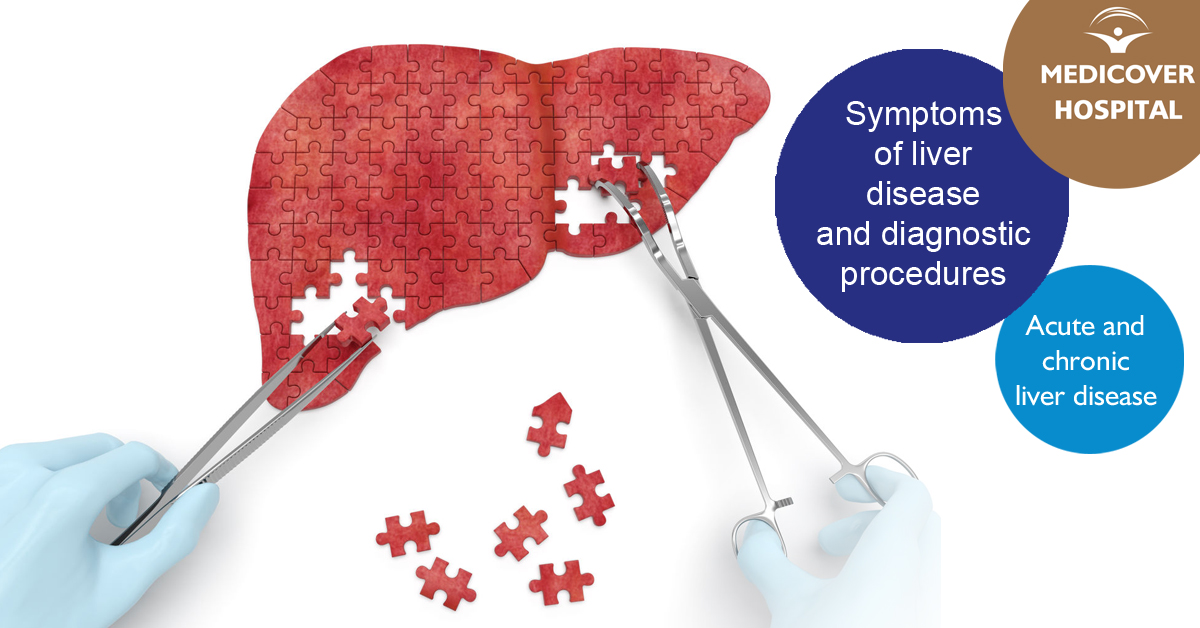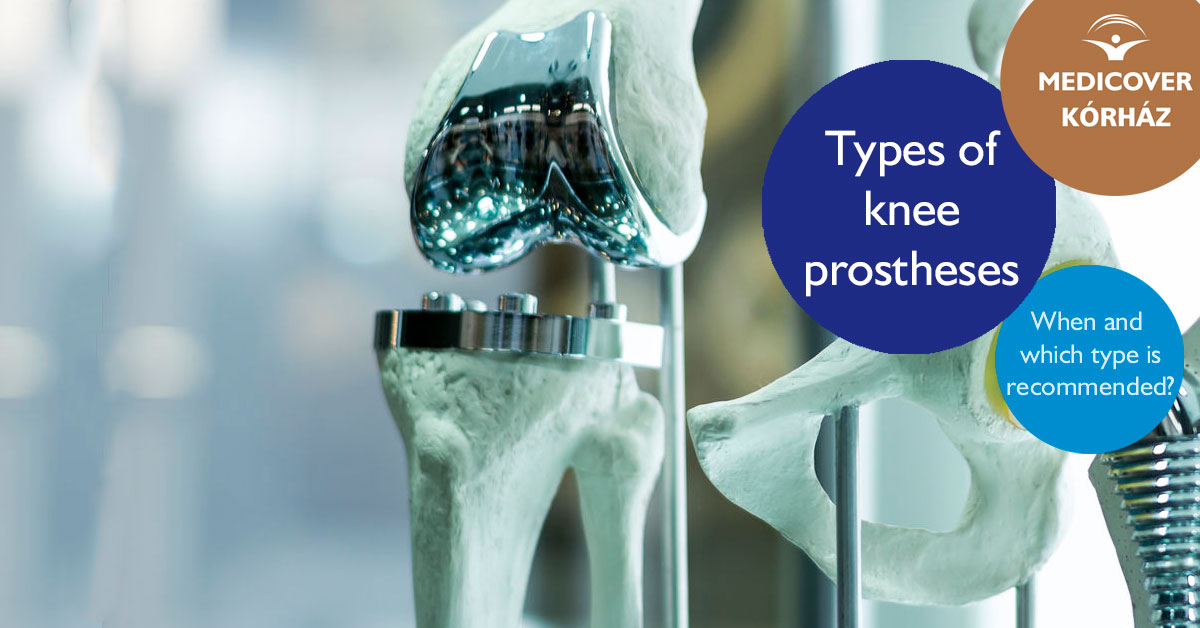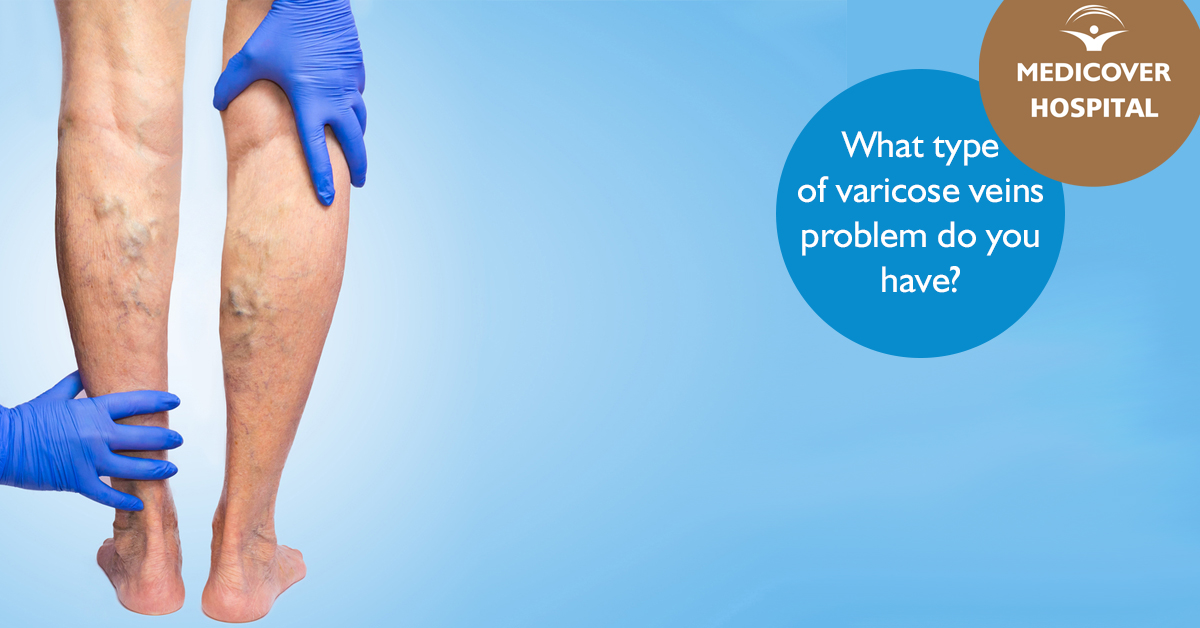The liver is a very important organ of our body, it carries more than 500 vital tasks. It plays a central role in carbohydrate, fat and protein metabolism, participates in the metabolism of vitamins, stores vitamins A, D and B12 up to their subsequent use. It plays an important role in defense against infection. It cleanses and disposes of toxins from the blood like alcohol, drugs, hormones, and bacteria. It produces an indispensable fluid of digestion, the bile.
The liver is our only internal organ that can regenerate, rebuild itself after a serious injury, and replace its missing cells.
In our industrial world, even with a health conscious lifestyle, our liver had to deal with a lot of toxins. The chemical industry produces about 400 million tons of chemicals a year. There are more than 100,000 different human-produced chemicals, so our body contacts tens of thousands of artificial compounds every day.









